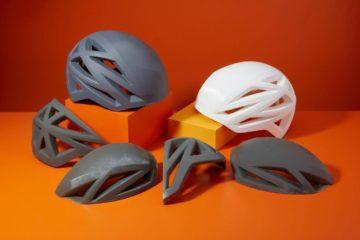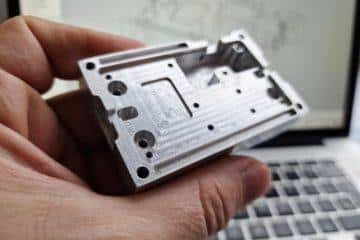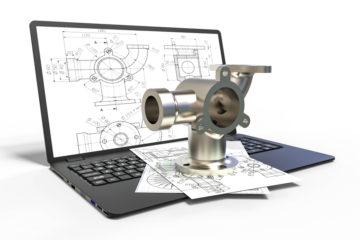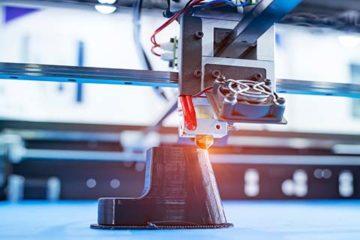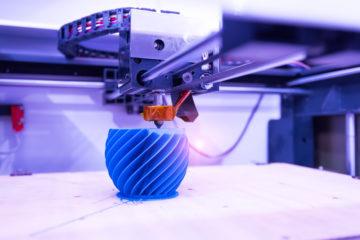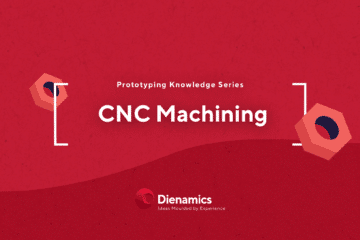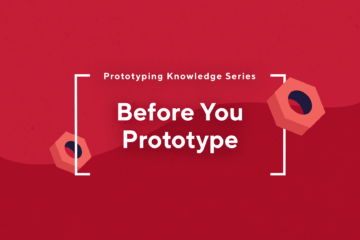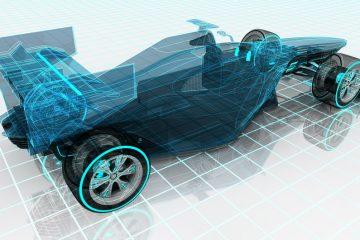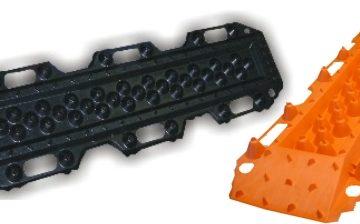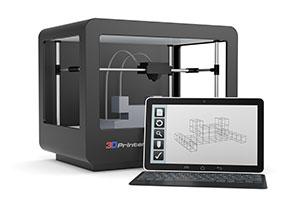
In the fast-paced world of industrial design and manufacturing, the advent of rapid prototyping technologies has been nothing short of revolutionary. This transformative approach to product development allows designers and engineers to bring their ideas to life faster than ever before, merging creativity with efficiency to shape the future of manufacturing.
The Power of Rapid Prototyping
Rapid prototyping, encompassing techniques such as 3D printing, Stereolithography (SLA), Selective Laser Sintering (SLS), and Fused Deposition Modeling (FDM), has become a cornerstone of modern industrial design. It empowers designers to quickly move from concept to physical model, iterating on their designs with unprecedented speed and flexibility.
Accelerating Design Development
One of the most significant benefits of rapid prototyping is its ability to fast-track the development of both the form and function of products. Designers can explore a multitude of design variations in a fraction of the time required by traditional methods, enabling a more creative and thorough exploration of potential solutions.
For instance, when prototyping a plastic product, it can be prototyped early on in a material close to the final manufactured material. For products with metals or composite materials, they are often 3D printed in resin, SLS, or FDM processes early for testing form, fitment, and user aesthetic/function feedback. Then, at later stages, more advanced prototyping methods such as CNC machining and metal SLS 3D printing are used to test function in real-life scenarios.
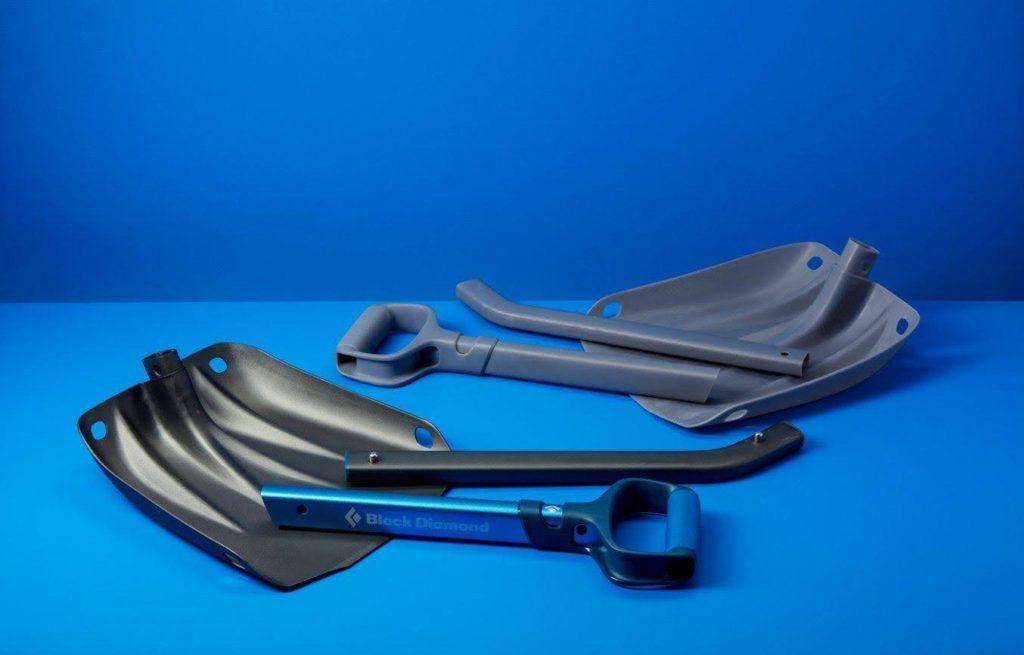
Black Diamond use FDM & SLA 3D printing to test their product’s form, function, and user testing before progressing to more refined final-material prototypes for more real-life user testing. (Photo by Black Diamond & Formlabs)
Enabling Efficient User Testing
Rapid prototyping shines when it comes to user testing. By quickly producing tangible prototypes that look and feel like the real thing, companies can get feedback early in the development process, adjusting the user experience of the product based on actual interaction rather than assumptions. This iterative process is crucial for developing products that not only meet but exceed user expectations.
Highlight Issues Early On
The journey from concept to market-ready product is fraught with challenges. Rapid prototyping offers a streamlined path through this landscape by bringing inherent product issues to the surface early, rather than later in the process when fixing these issues can be more costly in time and money. By reducing development timelines and highlighting potential issues early, it allows businesses to bring their innovations to market more quickly and at a higher quality, giving them a competitive edge in rapidly evolving industries.

A streamlined workflow from CAD to real life. (Photo by Jakub Żerdzicki)
Overcoming Challenges
While the benefits of rapid prototyping are clear, it’s important to acknowledge the challenges that come with it. These include the initial cost of equipment, material limitations, and the need for specialized skills. Some products with multiple parts and materials require bringing together many different prototyping processes – to do this is a costly and timely manner requires skill and knowledge only gained from years of experience. However, with the right design and manufacturing partner who understands when and where to use which prototyping technologies, these challenges can be mitigated. Despite these hurdles, the advantages of rapid prototyping often outweigh its disadvantages, particularly when it comes to innovation and efficiency.
Why Businesses Should Take Note
For business owners in Brisbane and beyond exploring manufacturing and product development options, embracing rapid prototyping could be a game-changer. Local expertise, such as that offered by Dienamics, provides access to cutting-edge prototyping and toolmaking services right in your backyard. Whether you’re in Australia or elsewhere in the world, Dienamics works seamlessly with national and international clients, catering to your specific needs.
Conclusion
Rapid prototyping is more than just a tool; it’s a catalyst for innovation, enabling businesses to navigate the complex process of product development in agile and focused ways. For those looking to make their mark in industrial design in Brisbane, Australia, or anywhere else globally, adopting rapid prototyping techniques is a step towards shaping the future of manufacturing, ensuring that your products are not just part of the market but ahead of it.
Subscribe to Our Newsletter
Get the latest news from Dienamics into your inbox






